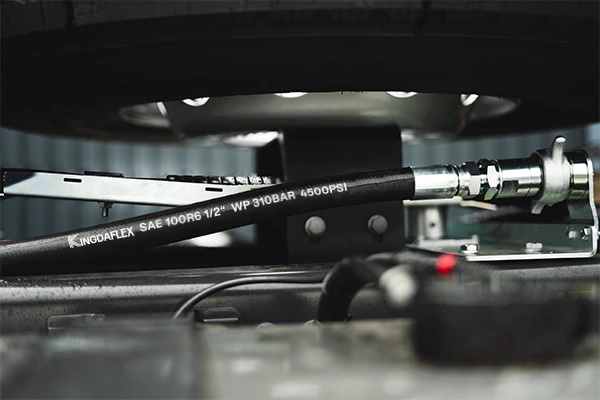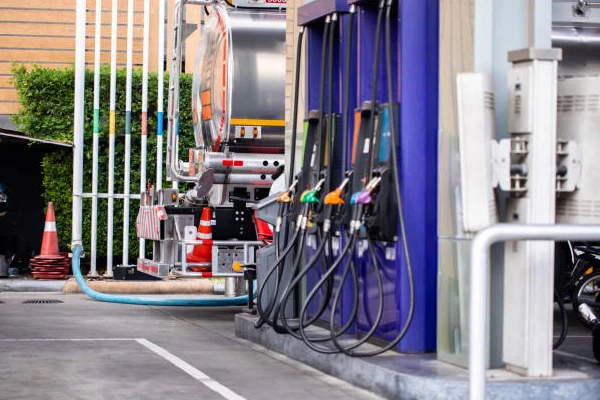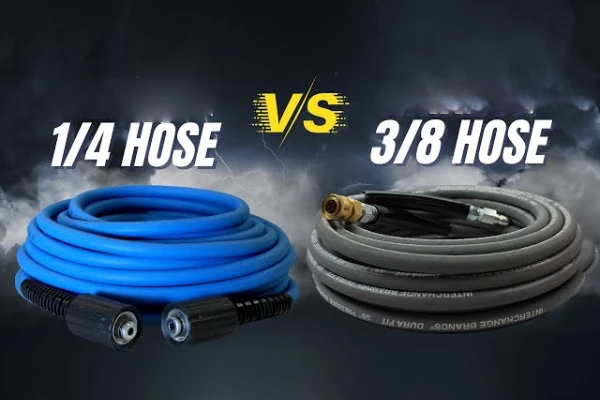An often-overlooked but vital component in your vehicle is the power steering hose. This high-pressure line connects the power steering pump to the steering rack, transmitting fluid that reduces the effort needed to turn your wheels. Understanding its function is key to maintaining a smooth and responsive driving experience.
When a power steering hose fails, you’ll notice symptoms like whining noises, fluid leaks, and a stiff steering wheel. These issues not only make driving uncomfortable but can also lead to more significant damage to your power steering system. Learning about this critical part can help you identify problems early.
What is a Power Steering Hose?

A power steering hose is a crucial component of a vehicle’s power steering system. It’s a high-pressure line designed to transport hydraulic fluid between the power steering pump and the steering rack. This pressurized fluid is what provides the hydraulic assistance, making it much easier for the driver to turn the steering wheel. When a hose becomes worn, cracked, or damaged, it can lead to fluid leaks, a stiff steering wheel, and even complete power steering failure.
Power Steering Hose Components
A power steering hose isn’t a single, uniform part, but rather a flexible assembly of different components designed to handle extreme pressure and heat. Its primary function is to transfer high-pressure hydraulic fluid from the pump to the steering rack, which assists the driver in turning the wheels. To do this effectively, the hose must be constructed with durability and reliability in mind. Key components include:
- High-Pressure Hose: This is the main part of the assembly, built with reinforced synthetic rubber and a fabric or steel braid to withstand pressures that can exceed 1,500 psi.
- Low-Pressure (Return) Hose: This line carries the fluid back from the steering rack to the reservoir and is designed for lower pressure, but still needs to be resistant to heat and oil.
- Fittings and End Connections: These are typically metal components crimped to the ends of the hoses, providing a secure, leak-proof connection to the pump, reservoir, and steering rack.
- Silencers or Tuners: Some hoses may include a “silencer” or “tuner” inside to dampen fluid pulsations, which helps to reduce noise and vibration in the steering system.
What is a Power Steering Hose Made of?
A power steering hose is specifically engineered to handle the harsh conditions of high pressure and temperature within a vehicle’s engine bay. The composition is a multi-layered structure that provides durability and resistance to hydraulic fluids, which can be corrosive. The exact materials vary between high-pressure and low-pressure hoses, but they are generally made of a combination of synthetic rubbers and reinforcing materials.
- Inner Tube: Typically made of high-oil-resistant synthetic rubbers like Chlorosulfonated Polyethylene (CSM) or Hydrogenated Nitrile Butadiene Rubber (HNBR), which can withstand high temperatures and prevent the hose from swelling or deteriorating.
- Reinforcement: To handle pressures that can exceed 1,500 psi, the hose is reinforced with braids of fabric (like polyester) or steel wire, giving it tensile strength and preventing it from bursting.
- Outer Cover: The outermost layer is made of a durable, oil-resistant material, such as chloroprene rubber (CR) or chlorosulfonated polyethylene (CSM), to protect the inner layers from abrasion, ozone, and other environmental factors.
Power Steering Hose Applications
Power steering hoses are primarily used in hydraulic power steering systems, which rely on fluid pressure to assist the driver in turning the wheels. This technology is commonly found across a wide range of vehicles, from everyday passenger cars to heavy-duty trucks and vintage models. While many modern vehicles have shifted to electric power steering (EPS), which does not use a hydraulic hose, hydraulic systems are still prevalent in certain applications.
- Passenger Cars & SUVs: Many older and some current car and SUV models utilize hydraulic power steering for a direct, responsive feel.
- Heavy-Duty Vehicles: Trucks, buses, and commercial vehicles often rely on the robust and reliable nature of hydraulic systems to handle the increased weight and stress of heavy loads and large tires.
- Off-Road & Performance Vehicles: Certain off-road vehicles and high-performance cars continue to use hydraulic power steering due to its durability and the consistent feedback it provides to the driver, which is crucial for handling in challenging conditions.
What Hose to Use for Power Steering
Selecting the correct hose for a power steering system is critical for both safety and performance. Because power steering is a hydraulic system, the hoses must be specifically engineered to handle high pressures, often exceeding 1,500 psi, and be resistant to the heat and corrosive properties of power steering fluid.
Using a general-purpose hose, like a coolant or fuel line, will lead to catastrophic failure. The proper hoses are built to meet specific industry standards, such as SAE J188, ensuring they can withstand the demanding conditions.
- High-Pressure Hose: This hose is the most critical and is engineered with an inner tube of high-temperature synthetic rubber (like HNBR or CSM), reinforced by one or more layers of braided fabric or steel wire. It is specifically designed to handle the intense pressure and pulsations from the pump.
- Low-Pressure (Return) Hose: While this hose doesn’t endure the same high pressure, it still requires oil and heat resistance. It is typically a simpler construction with a synthetic rubber tube and an outer cover resistant to abrasion and ozone.
- Specialized Materials: Some high-performance or modern applications may use hoses with a Teflon (PTFE) inner liner, which offers even greater resistance to heat and chemicals, along with a stainless steel braid for superior durability.
Conclusion
Maintaining your power steering system is essential for a safe and comfortable ride. The power steering hose, while small, plays a crucial role in ensuring your vehicle handles smoothly and responsively. Regular inspections can help you catch potential leaks or wear and tear before they escalate into costly repairs, protecting your entire steering system from damage.
Don’t wait for a hose to burst and leave you stranded with a stiff steering wheel. Proactive replacement of aging or worn hoses is a smart investment in your vehicle’s longevity and your personal safety. By addressing these minor components, you can prevent major mechanical failures and keep your car performing at its best for years to come.
For reliable, high-quality power steering hoses, look no further than Kingdaflex. Our durable, high-pressure hoses are built to last, providing the performance and security you need. Whether you’re a mechanic or a car enthusiast, you can get wholesale power steering hoses directly from us to ensure your steering system stays in perfect working order.




